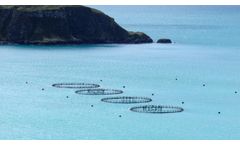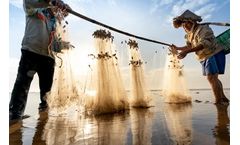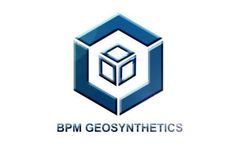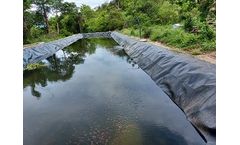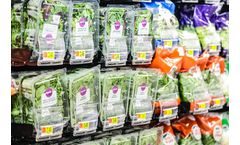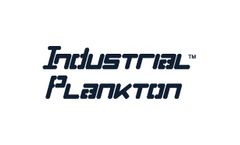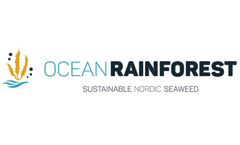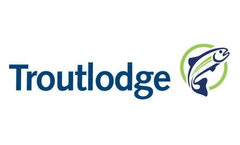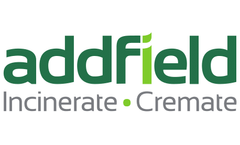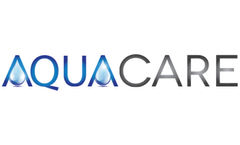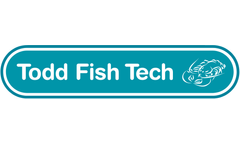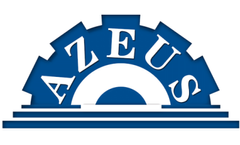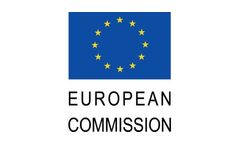Refine by
Shellfish Articles & Analysis: Older
32 articles found
Enhances nutrient digestion and absorption Halts growth of pathogenic microbes and moulds Improves feed intake Reduces damages to Liver and G I Tract membrane Simulates Immune System Starts functioning when once comes into contact with the feeding stuff And continues to perform in the G I tract and at the Hepatic Level. WHAT IS FUNGI? Fungi (Myces) are plant-similar micro organisms, some of ...
Fish Farming Ponds: Constructing large fish farming ponds for raising various species of fish, such as tilapia, salmon, catfish, or shrimp. Shellfish Farms: Establishing oyster or mussel farms using suitable infrastructure like floating cages or racks in coastal areas. ...
The Process Of Raising Aquatic Life—Such As Fish, Shellfish, And Plants—Under Carefully Monitored Circumstances Is Known As Aquaculture. ...
The term ‘Aquaculture’ refers to the breeding, rearing, and harvesting of fish, shellfish, algae, and other organisms in all types of water environments. ...
For example, meats generally benefit from a MAP containing 70-80 % O2, whereas seafoods and shellfish usually benefit from low O2 levels and more CO2. The requirements for bulk shipping and the final individually packaged retail products also often differ, with the majority of bulk packaging requiring very high CO2 concentrations.3The differences between the ideal gas ...
Domestic demand and export potential together bring business opportunities to fish, shellfish and seaweed producers, processing enterprises and equipment and logistics suppliers operating abroad.Shrimp is the main fishery export commodity of Indonesia, and it is very suitable for artificial breeding production. ...
Fishery resources refer to the totality of economic animals and plants such as fish, shrimp, crabs, shellfish, algae, and marine animals with development and use-value. The natural source and foundation of fishery production. ...
Conversely, while certain meat, fish, and poultry require that all or almost all oxygen be removed from inside packaging and replaced with carbon dioxide and/or nitrogen to prevent microbial growth and spoilage, oxygen is actually added to some packaged meats, low-fat fish, and shellfish to prevent fading or loss of color, as well as to inhibit the growth of certain types of ...
Industrial Plankton’s photobioreactors make business easier for companies around the world. And they are located in Victoria! Using traditional methods, algae production can be a difficult and error-prone process. “We found out that everybody in aquaculture was having trouble growing algae, and they were doing it with old-school methodologies,” says Robert Roulston, CEO of ...
The focus of the project is placed on low trophic species (e.g. algae, echinoderms, shellfish), contributing to the circular economy and the Belém Statement. ...
Genetics is defined as that branch of the biological sciences devoted to the study of inherited variation. Genetics investigations deal with the “why” and “how” of this variation, examining both the origin of inherited variability and the resulting outward expression of characters due to this variability. The applications of genetics in today’s society are far ...
Innovation is a core philosophy of the Fusion Marine operation and this is well illustrated by the unique new mussel farm flotation system jointly developed with Offshore Shellfish Ltd (OSL) for use at their exposed sea site in Lyme Bay, Devon. ...
Aquatic animals, aquatic/invertebrates Products or foods of animal origin meant for human consumption but withdrawn for commercial reasons Domestic catering waste Carcasses or body parts passed fit for humans to eat, at a slaughterhouse Eggs, egg by-products, hatchery by-products and eggshells Shells from shellfish with soft tissue Hides and skins from slaughterhouses ...
Levels of faecal indicator organisms (FIOs) monitored in surface water and brown mussels collected at 28 production areas in Brazil from August 2012 to October 2013 were used to assess compliance with the bacteriological standards of the shellfish hygiene classification systems used in the European Union (EU) and USA. ...
High Risk Groups and Raw Fish and Shellfish Molluscan shellfish, including clams, oysters, and mussels, are filter feeders and can accumulate marine bacteria and viruses. ...
Although we often refer to our shellfish systems as Lobster Tanks they are are also excellent at storing crabs and langoustine. ...
The combination of domestic demand and export potential points to business opportunities for fish, shellfish and seaweed producers operating out of Indonesia, as well as for processing companies and suppliers of fish meal equipment, such as fish meal extruder and fish feed pellets dryer. ...
The EU’s Blue Growth Strategy1 identifies aquaculture — the farming of fish, shellfish and aquatic plants — as a sector which could boost economic growth across Europe and bring social benefits through new jobs. ...
She’s all thrilled by it, and she’s talking about how industrial design can work to bring back the shellfish that once cleaned the harbor. I just saw her in New York two weeks ago, and she told me that she had just got a $60 million seed grant to scale up her work. ...
ByEnsia
Estimation of the level of risk of faecal contamination of shellfish harvesting areas is undertaken by monitoring faecal indicator bacteria in seawater samples under the United States programme and shellfish flesh samples under the European Union (EU) programme. ...


